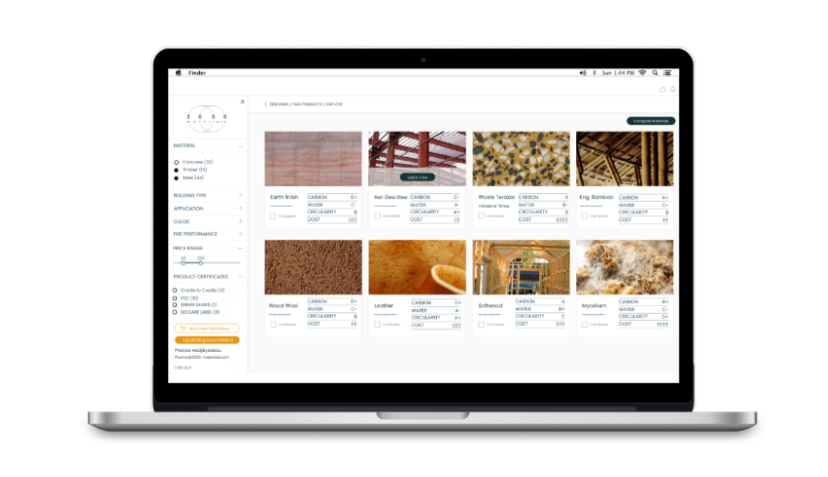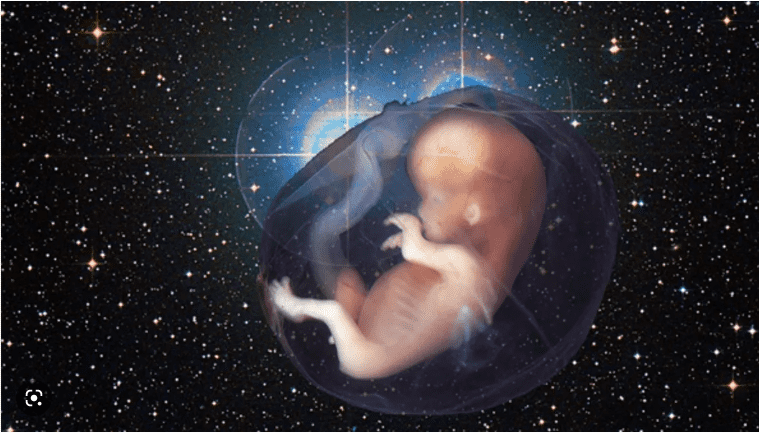
VIRTUe keen to “link everything” in smart, sustainable house
By Monique van de Ven, Cursor
After the summer vacation student team VIRTUe hopes to present the overall design of its house of the future, with the final construction plans following at the end of 2017. ‘LINK’ is the name of the structure these TU/e students intend to be the world’s most sustainable house, which they will build in Dubai in the fall of 2018. This project is all about linking various smart and sustainable gadgets, as well as people and technology.
The exact layout and furnishings, the materials used, the applied technologies – all this still needs to be decided and specified in the coming months, in consultation with the planned partners. But team VIRTUe‘s concept is now definite and it is called LINK, tells PR man Alex Donkers. “We believe there are opportunities to be had in linking everything: person to person, intertechnology, and people and technologies. We want to completely redefine the notion of living in a home.”
“We want to completely redefine the notion of living in a home.”Alex Donders, VIRTUe

Many buildings are already equipped with the necessary technology, from energy meters to lamps with motion sensors at the front or back door. But as yet interdevice communication is a rare phenomenon, says Donkers. “In our house we want to combine all these systems in a single smart system, a kind of house robot. And, in turn, we want to use that system to boost the domestic comfort and make gains in sustainability.”
In addition, the human element and the engineering will have to understand and complement each other optimally. “You will soon no longer need to think about many processes at home because your house will do that for you.”
For the time being the students (mainly from TU/e, but also some from Fontys and Wageningen University) are assuming they will build a timber frame structure – relatively cheap, light and sustainable, explains Donkers. The house will be one storey, good for a floor area of about 68 m2.
The dining room, from which all the other rooms are visible, forms the heart of the house. A fundamental requirement is that the house draws nothing from the mains electricity supply. It fact, it must be energy positive. VIRTUe tends to work mainly with existing technologies, but will also keep an eye open for opportunities to apply innovations not yet on the market.

After this coming summer the students hope to present the overall design for their house and system. This will be followed in December by the final, detailed construction plans. All the teams are bound by “tight deadlines” set by the organizers of the Solar Decathlon, and against which they are already been assessed, explains Donkers.
The students hope to fully construct their house one time in advance of the competition, in the Netherlands in the spring of 2018. That will give them a couple of months to work on testing, measuring, analysis and making improvements.
Participants in the Solar Decathlon will soon have ten days in Dubai to spend constructing a fully furnished and functioning house, right down to the coffee-maker and an electric car standing in the driveway. The houses will then be assessed over a ten-day period on the basis of various elements and assignments.







